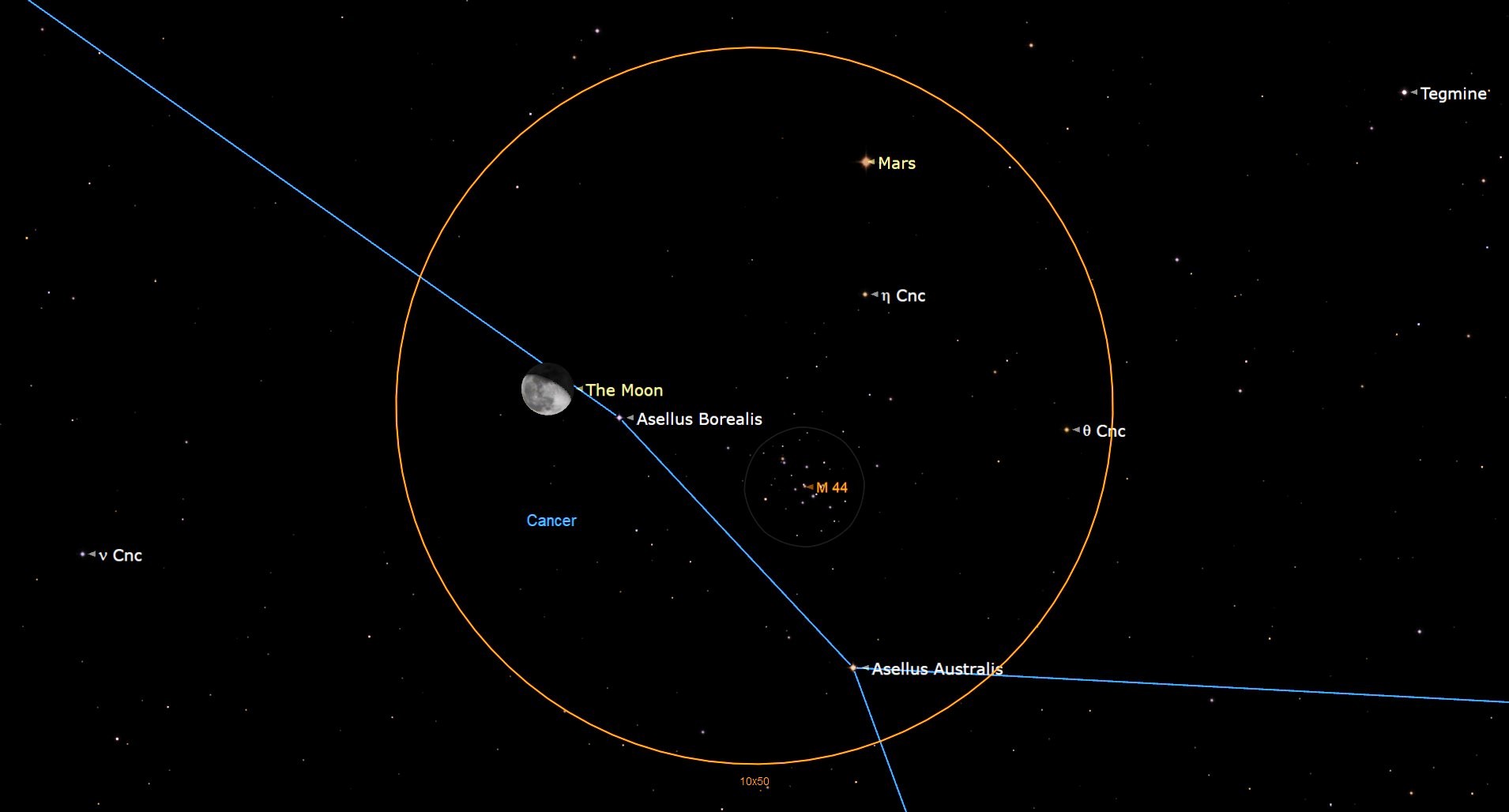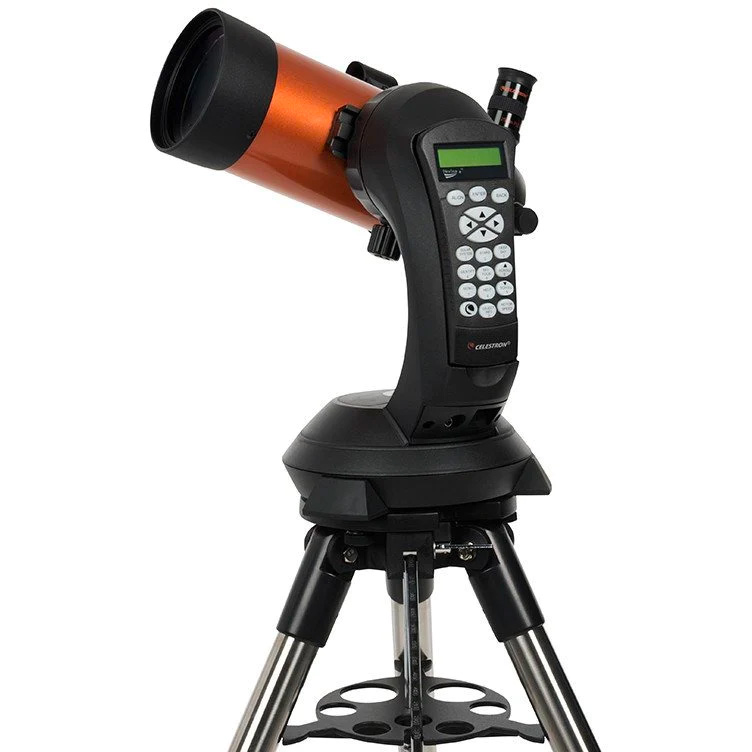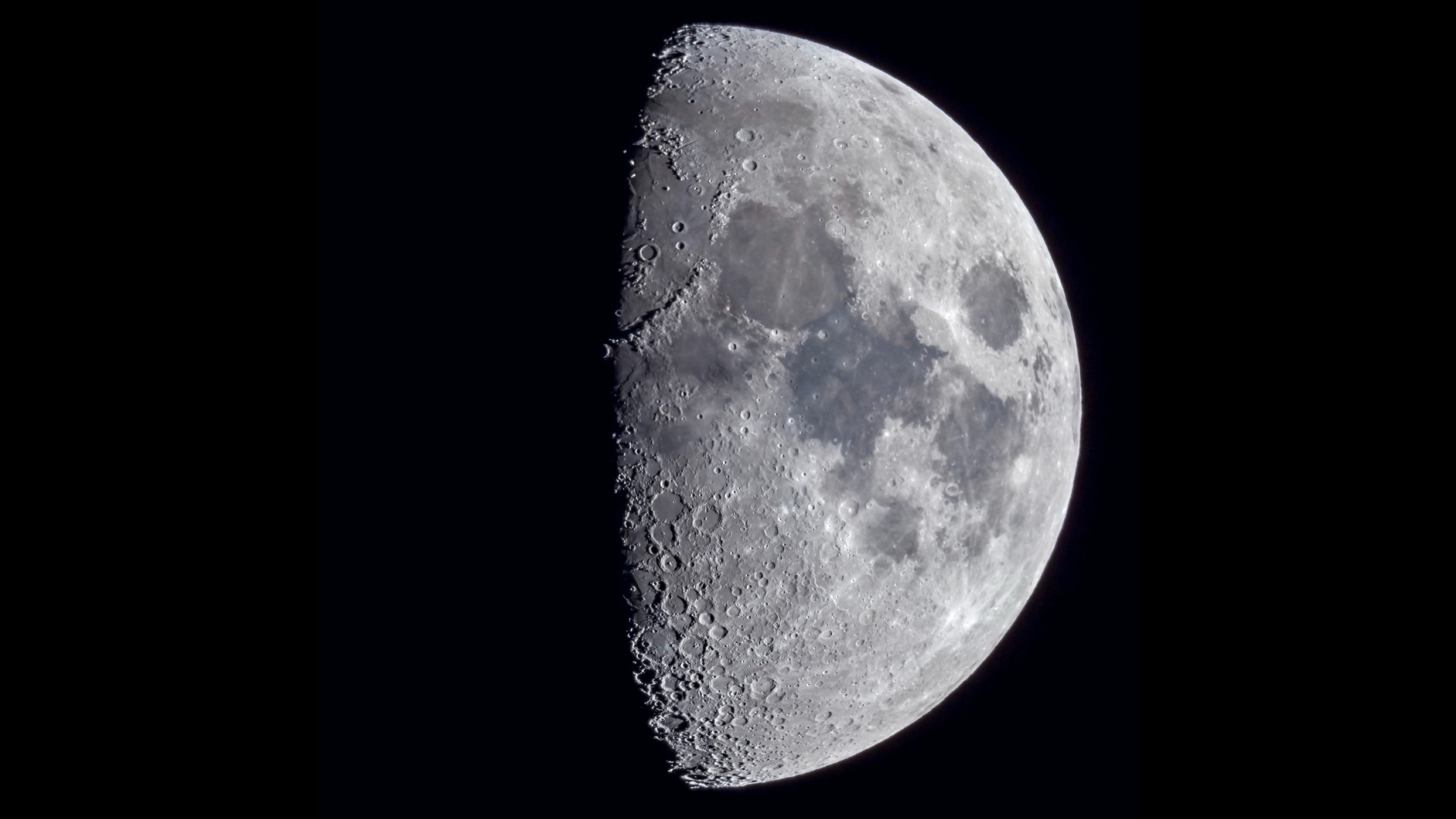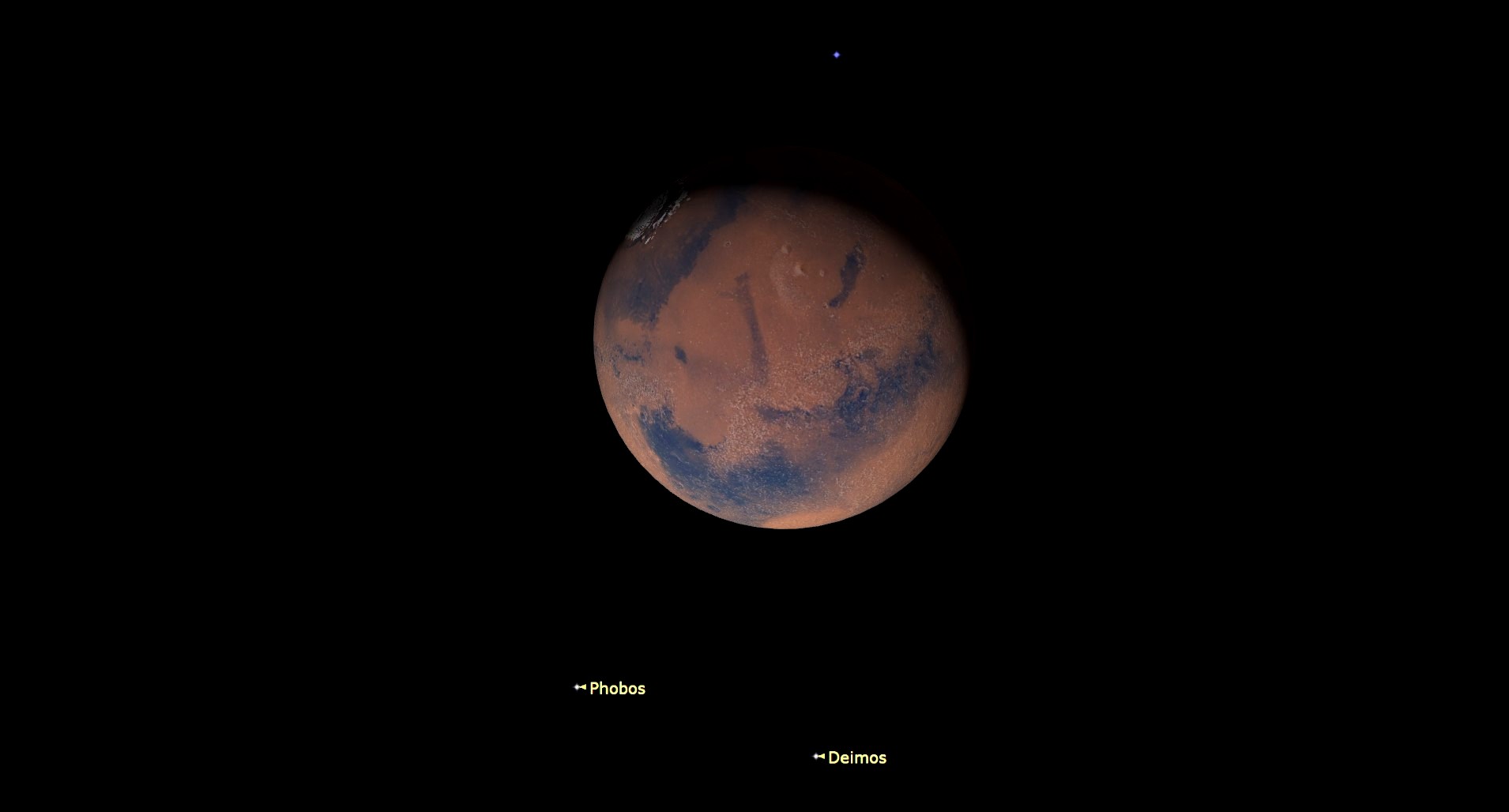
The moon and Mars will share a close approach in the night sky tonight (Nov. 20), coming close enough together for a nice pairing for the naked eye or binoculars.
As seen from the United States, the moon will rise in the east about four hours after sunset and will stay visible throughout the night, remaining high in the sky until after sunrise. Just above the moon will be Mars, shining brightly as an orange-yellow orb. The Red Planet and the moon will also join up in what's known as a conjunction during the close approach. They'll share the same right ascension, the celestial equivalent of longitude that, put simply, measures how far east an object is of the point where the sun intersects the celestial equator on the vernal equinox.
During the close approach and conjunction of the moon and Mars, the pair will be in the Cancer constellation, the Crab.

Want to see the moon or Mars up close? The Celestron NexStar 4SE is ideal for beginners wanting quality, reliable and quick views of celestial objects. For a more in-depth look at our Celestron NexStar 4SE review.
Tonight, the moon will be 20 days old and 75.7% illuminated in its waning gibbous phase. The lit portion of the moon will continue to shrink as our lunar companion enters its next two phases: the half-lit third quarter moon on Friday (Nov. 22), followed by the new moon on Dec. 1.
When the moon is close to half-illuminated close to the first quarter and third quarter phases like it is tonight, the interplay of light and shadow on the lunar surface can make for some gorgeous sights through a telescope or binoculars. Lunar mountain ranges and craters stand out in stark detail on nights like these.
Related: Moon viewing guide: What to look for on the lunar surface

Mars, meanwhile, is increasing in brightness throughout November, from around magnitude +0.1 to -0.5 (negative numbers indicate brighter objects). The Red Planet is well-placed as we transition into winter, appearing late in the evening and climbing high into the sky throughout each night. In a telescope, Mars will appear as a 90%-illuminated reddish-orange disk.
Mars is currently moving eastward relative to our position on Earth, but its motion will slow over the rest of the month before it reverses course in the night sky and enters what is known as retrograde motion on Dec. 6, according to In-the-Sky.org.
This apparent change in direction is caused by the motion and positions of Earth and Mars as both planets orbit around the sun. Mars orbits the sun on a much more distant path than Earth. As Earth circles the sun, our planet's movement changes our perspective relative to more distant objects, causing the positions of objects in the sky to move from side to side throughout our one-year orbit.

In other words, at times, Earth "pulls ahead" of Mars in the two planets' race around the sun, making it look as if the Red Planet is moving westward when in fact it is only Earth's eastward motion causing it to appear so.
If you want to try your hand at capturing events like these on camera, we can help you find the info and gear you need. Check out our guides on how to photograph the moon and how to photograph the planets to learn more about basic astrophotography skills. And if you need optical equipment or photography gear, consider our best cameras for astrophotography and best lenses for astrophotography.
Editor's Note: If you get a great photo of any of the moon and Mars in Cancer and would like to share it with Space.com's readers, send your photo(s), comments, and your name and location to spacephotos@space.com.







